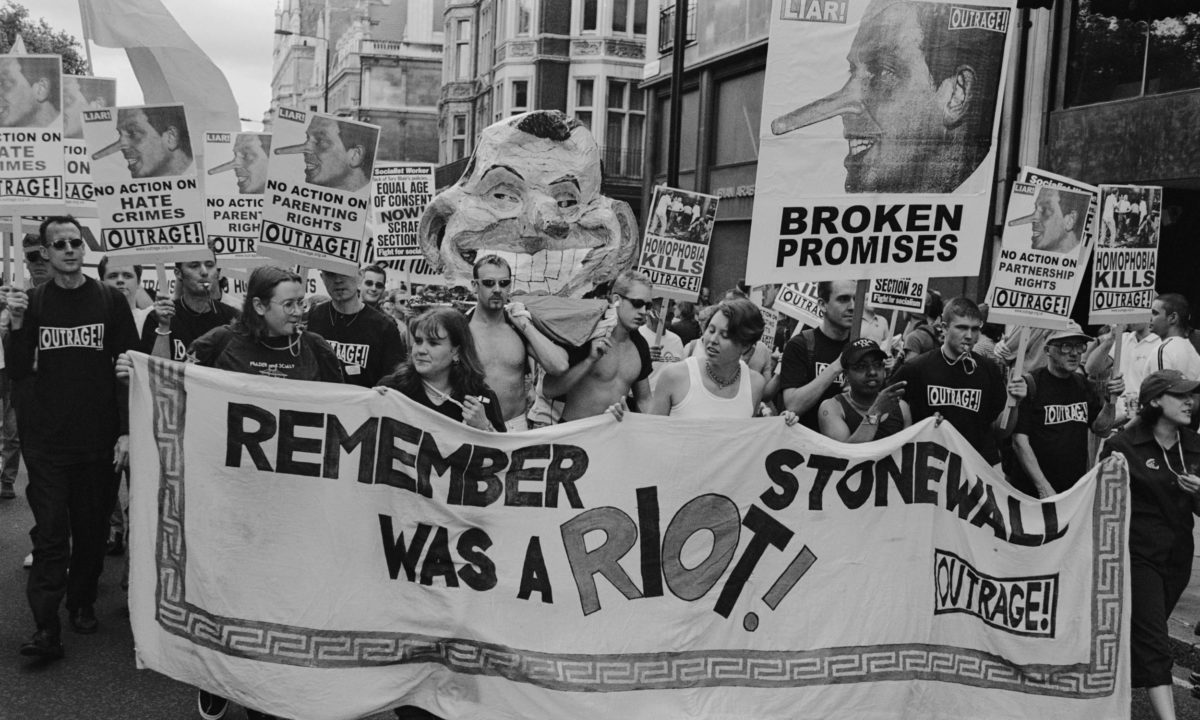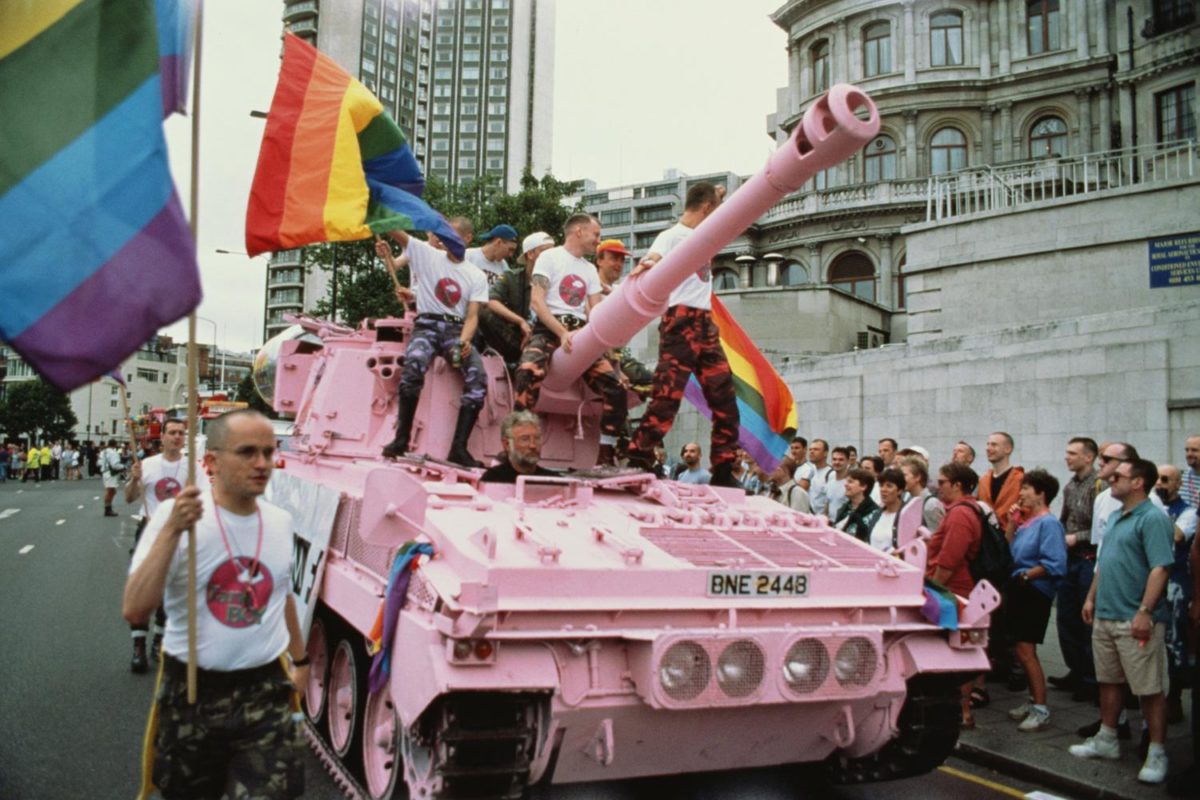A History Of LGBTQ+ Pride In London
By Something CuratedIn the 1950s, a group led by British educationalist John Wolfenden was set up to address the way gay men were perceived by the law. It put together a report for the government, advocating the law should be revaluated. The administration did not respond positively, prompting more people to campaign for the rights of gay people in Britain. Eventually, the law was changed in 1967, allowing two men to be in a relationship together without the fear of being arrested. Interestingly there was never a law in place prohibiting two women from being together. Even with this positive change, there were still many laws in place at the time, which meant that gay people did not have the same rights as heterosexuals.

Gay Pride events are now commonplace in cities across the world, public celebrations of equal rights for people of all orientations and sexualities planned by diverse organisations. But they began as intensely political events, challenges to a world where homosexual activities were persecuted. The very first London marches occurred in November 1970 with 150 men walking through Highbury Fields in North London. The first official Gay Pride Rally took place in London on 1 July 1972, inspired by the 1969 Stonewall Riots in New York. These were triggered by police harassment at the Stonewall Inn, a bar catering to New York’s gay, lesbian, transgender and crossdressing community. The bar’s patrons fought back, striking a symbolic blow for gay liberation.
The controversy of Section 28 in 1988, which stated a local authority “shall not publish material with the intention of promoting homosexuality,” or “promote the teaching in any maintained school of the acceptability of homosexuality as a pretended family relationship,” led to numbers increasing on the march in protest. In 1983 the march was renamed Lesbian and Gay Pride, and in the ‘90s became more of a carnival event, with large park gatherings and a fair after the marches. For 1996, following a vote by the members of the Pride Trust, the event was renamed Lesbian, Gay, Bisexual and Transgender Pride and became the largest free music festival in Europe.

The Pride Trust became insolvent in ‘98 and no event was organised that year, and for the following few years, another commercial organisation ran what it called London Mardi Gras before it failed to pay its bill for the use of Hyde Park. Pride London was formed in 2004. Since then, a political rally in Trafalgar Square has been held straight after the parade, and more recently Pride London has organised several other events in the centre of London on Pride Day.
Queer Tours of London, helmed by Dan Glass, was set up last year as a series of walks aimed at sharing the complex history of LGBTQ+ activism in the city, to mark 50 years since the partial decriminalisation of homosexuality in Britain. The tours each focus on a different issue affecting the community such as health concerns – from HIV to transitions – or the specific challenges LGBTQ+ asylum seekers face when fleeing persecution. Queer Tours was formed as a reaction to the mass closure of gay bars, community centres and charities catering to the specific needs of the group, from HIV education to mental health.

By 2007, the year of the 35th annual London Pride parade, the event swelled to one of the largest Pride celebrations in the world. The official magazine from Pride ‘07, which can be seen at the Museum of London, was perhaps for the first time decidedly celebratory rather than combative, reflecting the huge progress towards equal rights made during the intervening years – progress won by tireless struggle for political and social change. Pride in London 2018 begins with the iconic Pride Parade on Saturday 7 July from midday, setting off from Portland Place, which sees floats representing all manner of the LGBTQ+ spectrum.
Feature image: A demonstration by the Gay Liberation Front in Bow Street, London, 4 February 1971 (via Pinterest)